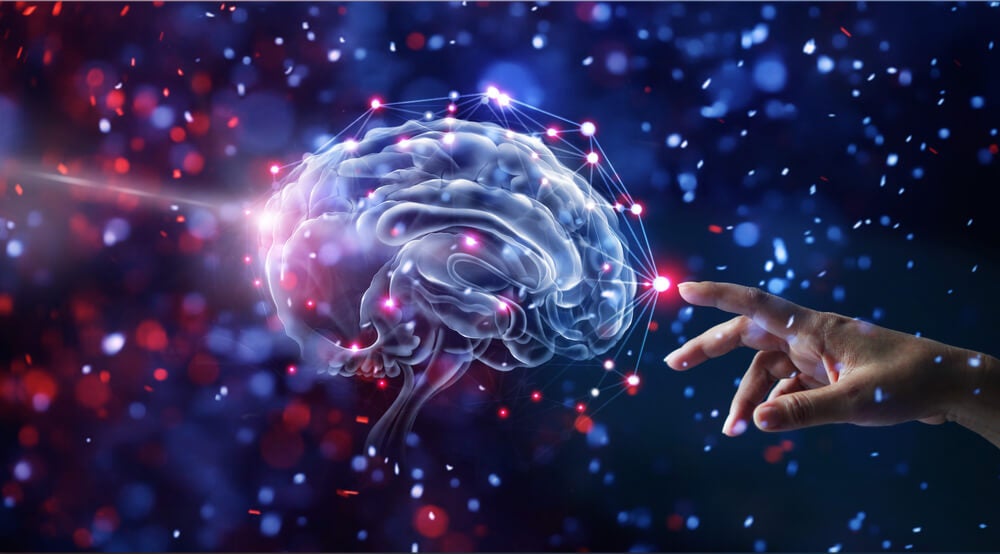The relationship between creativity and psychopathology has been the subject of interest for hundreds of years. Already in his day, Aristotle observed that great scientists and artists, very creative people, tended to melancholy.
Celebrities such as Ernest Hemingway, Virginia Woolf, Edgar Allan Poe, Vincent Van Gogh and Edvard Munch suffered from a mental illness that affected them in their creative process.
- Even today.
- Studying the relationship between creativity and psychopathology remains difficult and difficult.
- Firstly because to know this relationship you have to find a scientific and formal method to measure something as intangible as creativity.
Secondly, because mental disorders are multiple and highly variable, and as they say in the clinical world, “there are as many psychosis as there are people. “
This brings us to the third reason for the difficulty of measuring this relationship: although there are many advances in neuroscience, the world of psyche still seems to be a great unknown.
To begin with, we can say that the study of the creative-psychopathology relationship began from the seventeenth century, this was possible after accepting that the first variable could be measured.
In other words, creativity is no longer an intangible variable, with no possibility of scientific study.
Authors such as Galton, Silverman and Brain, among others, have postulated from a naturalistic point of view that creativity is not an extraordinary phenomenon, but a common phenomenon with biological bases.
This, although now seems obvious, had not been considered until then. In addition, they noted that people with high creative performance often suffer from depressive, manic-depressive or neurotic disorders or symptoms.
However, he quickly concluded that this relationship should be studied more rigorously, and not only through case studies, hence three methods have been established to study the influence of psychopathology on creativity:
Numerous neuroscientific studies have been conducted in recent decades to try to find a relationship between these two variables.
Although the results are very diverse? And sometimes even contradictory?Is there an obvious association between mental illness and behavioral disorders?(Escobar and Gomez-Gonzez, 2006).
These studies combine creativity with bipolar disorder, alcoholism, suicide, major depression, schizophrenia and strokes of brain dysfunction (epilepsy, autism, etc. ).
However, it should be emphasized once again that this relationship is not yet conclusive, and there is currently no clear consensus among the experts.
At the neuroanatomical level, creativity is linked, among other things, to the functioning of the prefrontal cortex, responsible for superior cognitive functions.
It is also linked to the limbic system, which manages physiological responses to emotional stimuli. However, experts stressed that the key is the flow of information that the regions of the brain involved in creativity have.
It can therefore be concluded that, while there is still a long way to go, creativity is affected in the mental disorders in which these structures are altered.
Still, mental disorders are neither a determining factor nor enough for a person to be creative.

